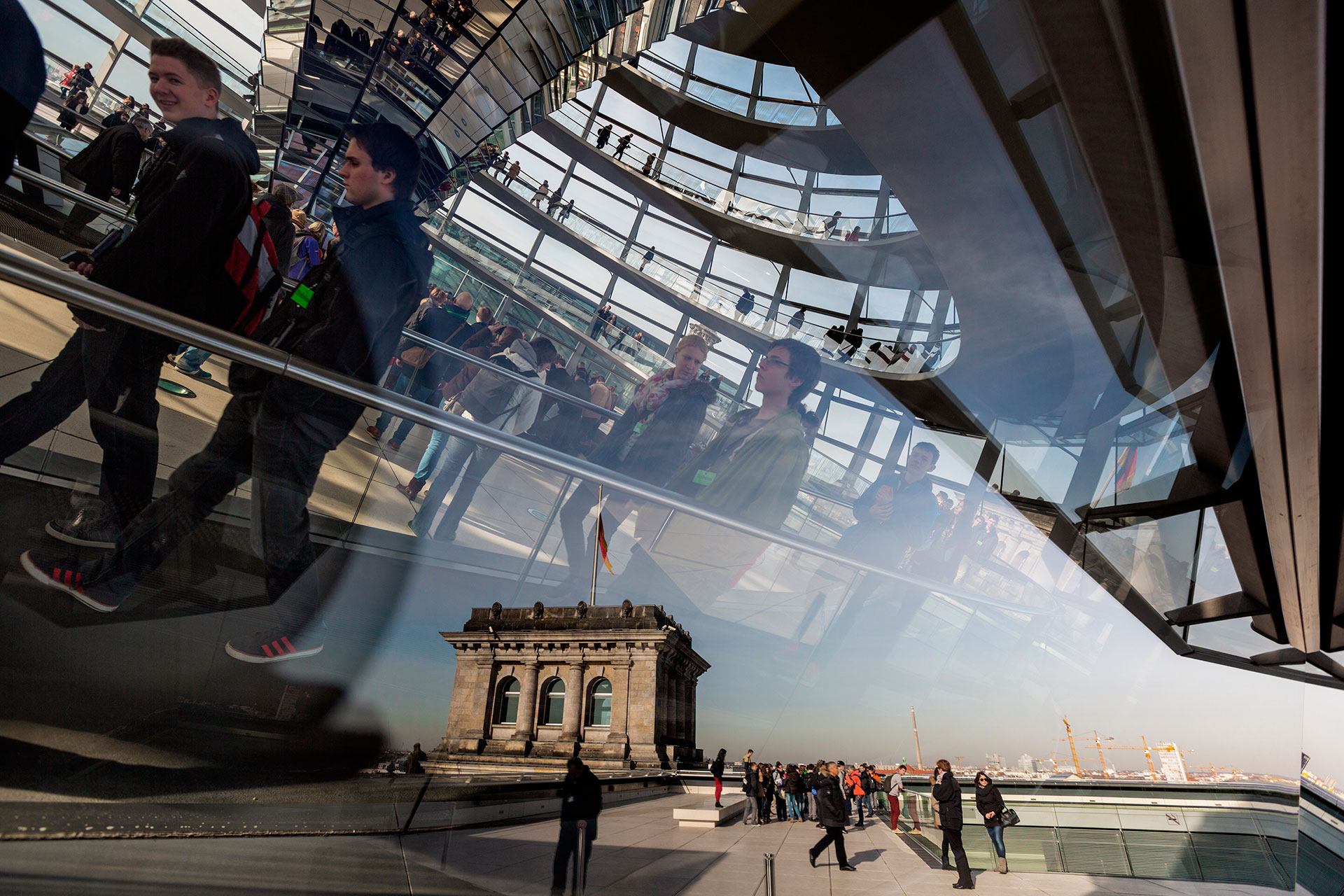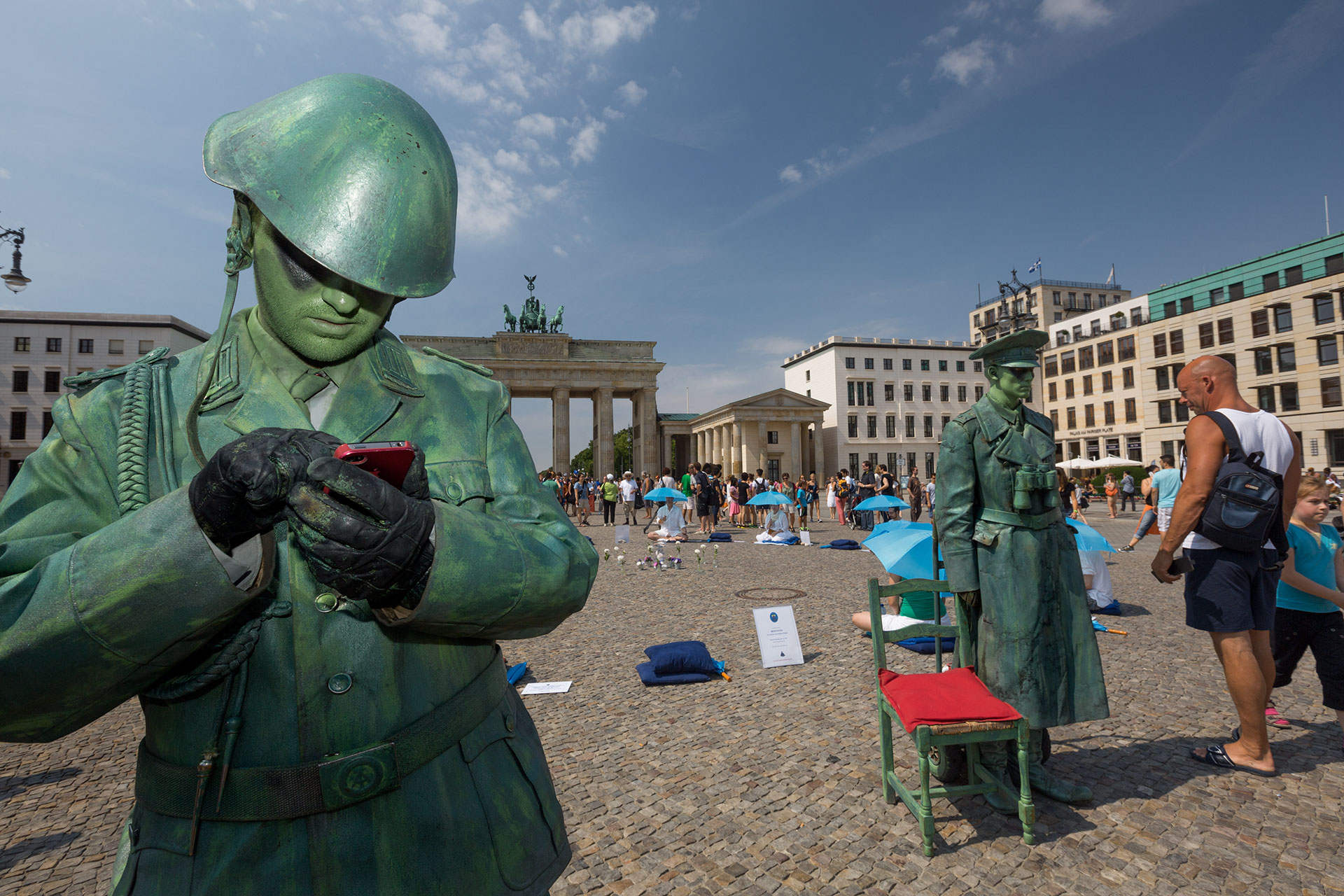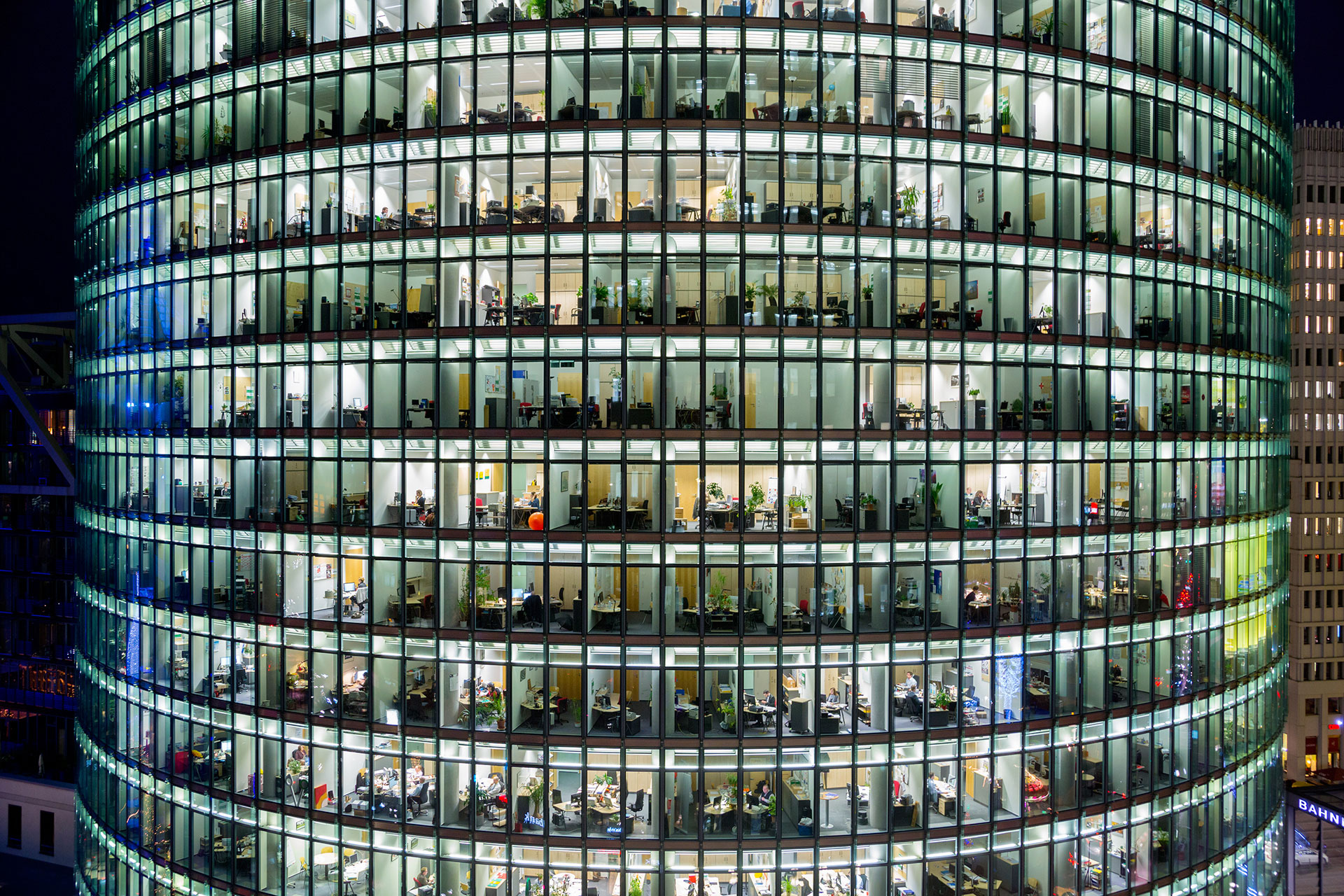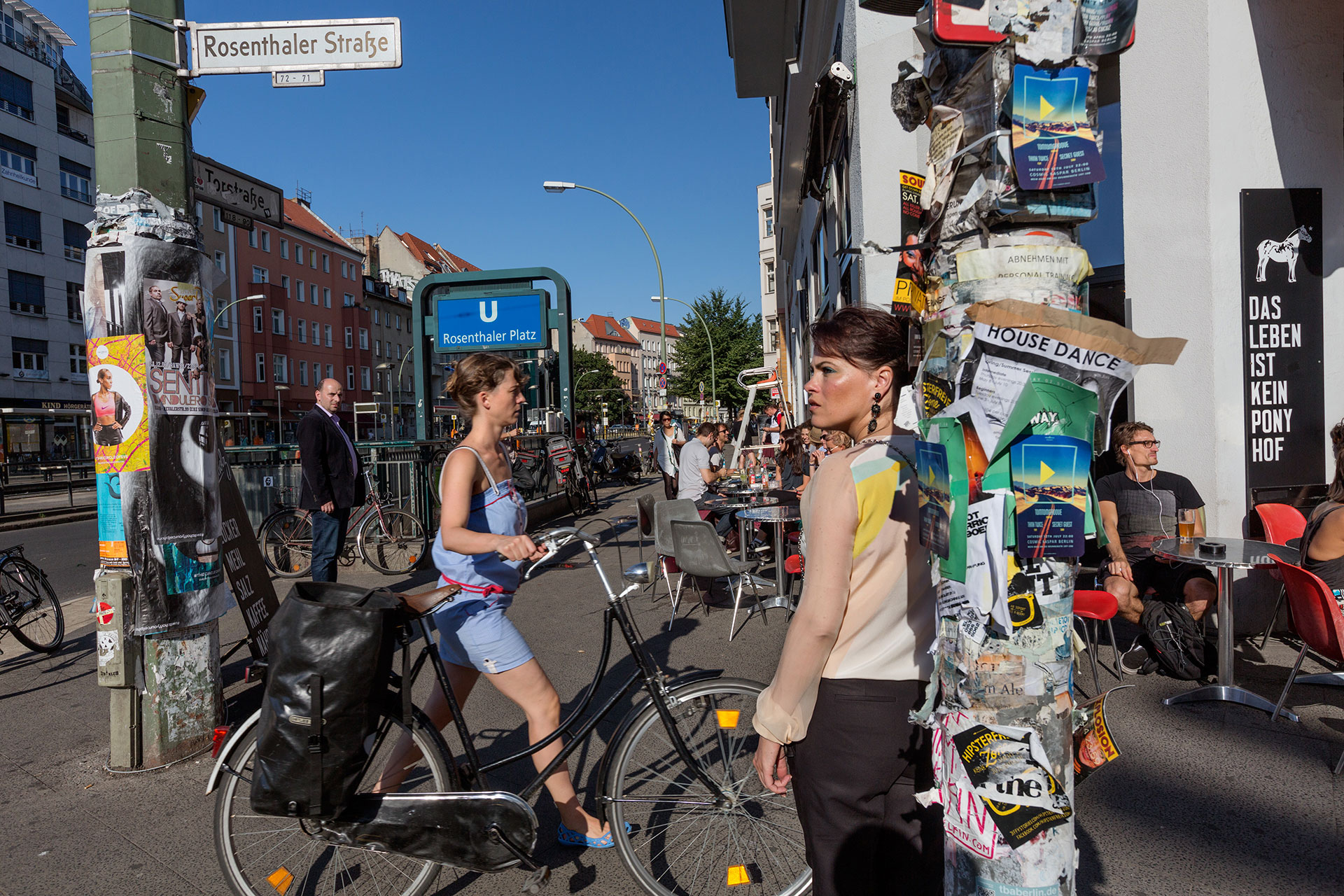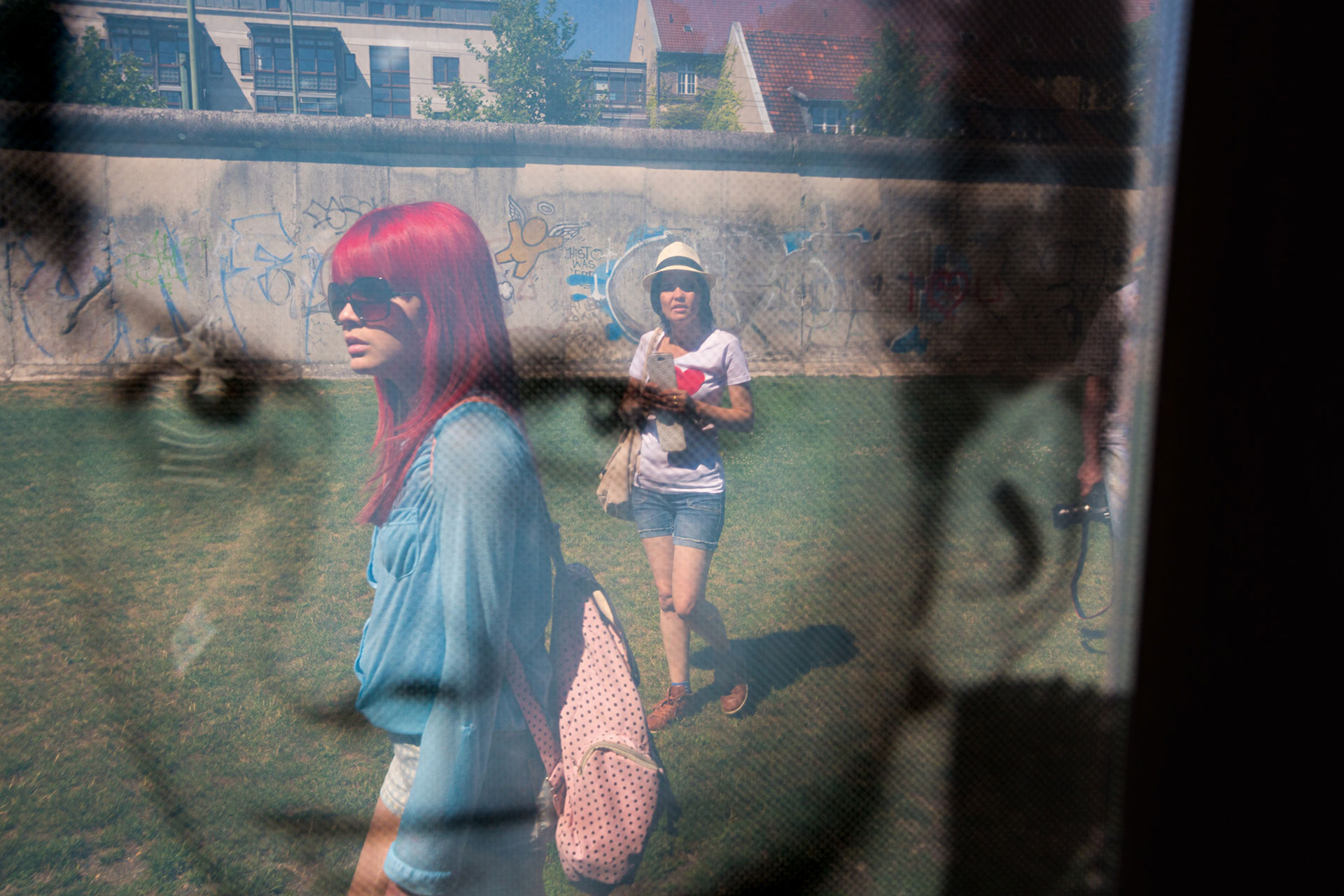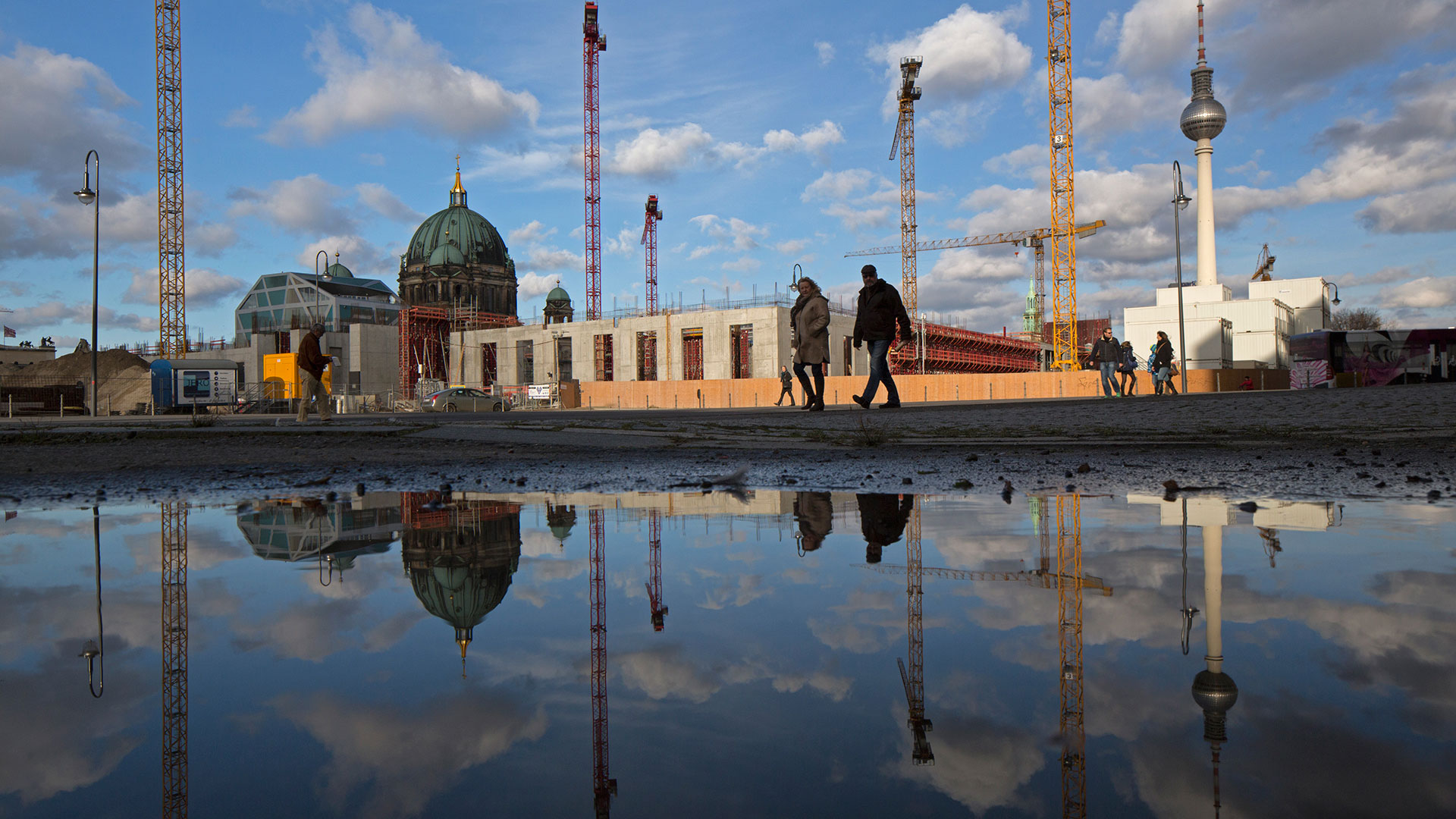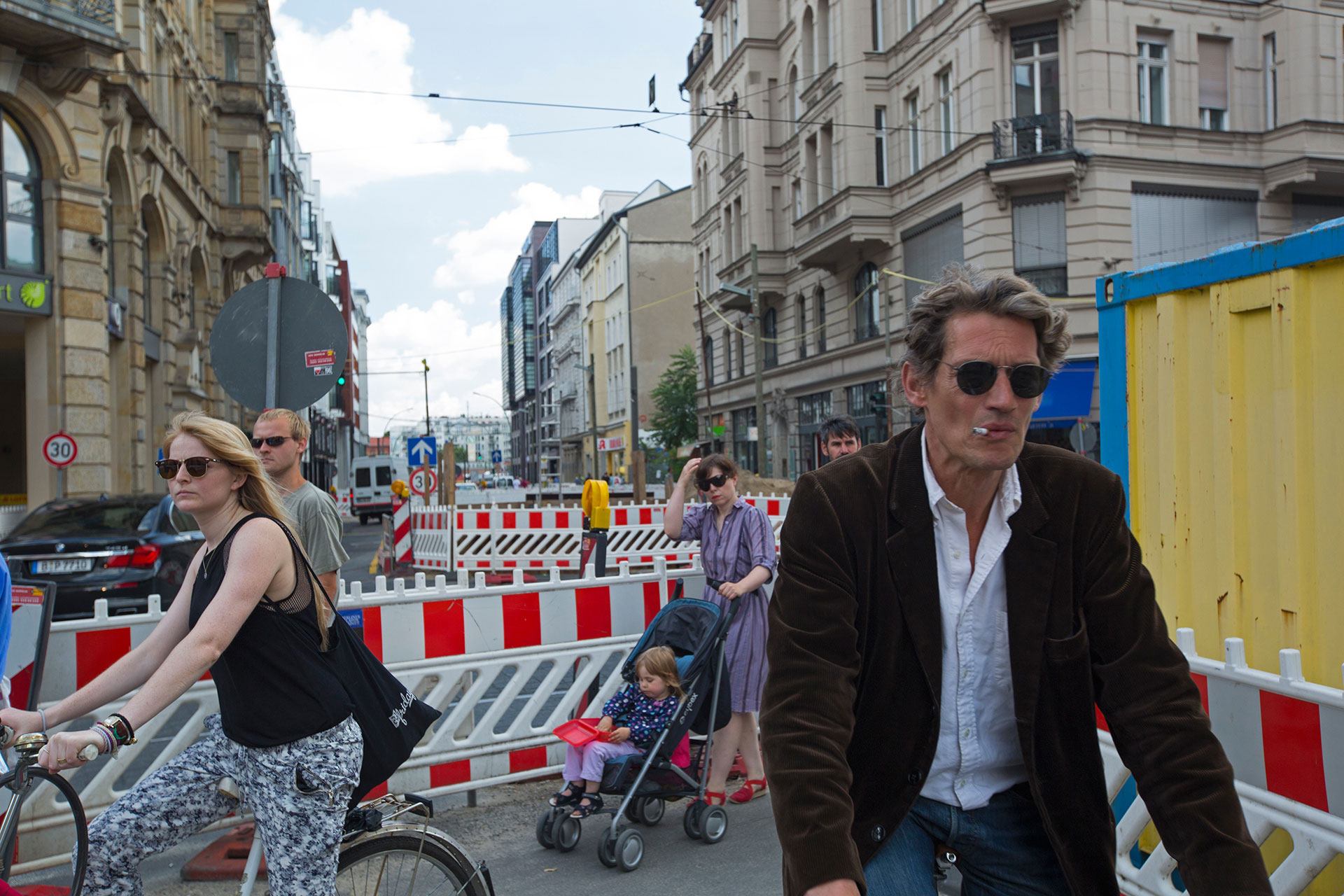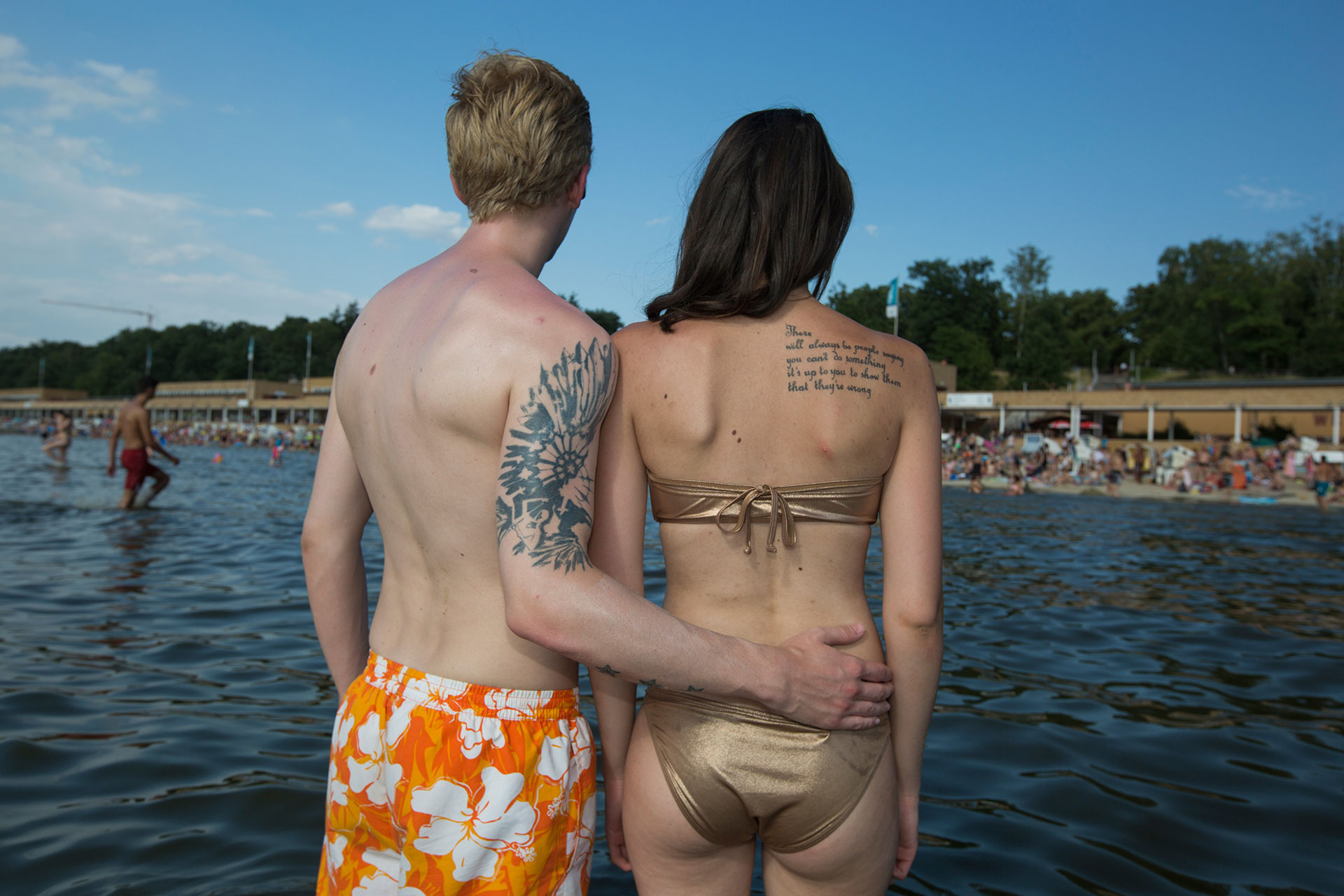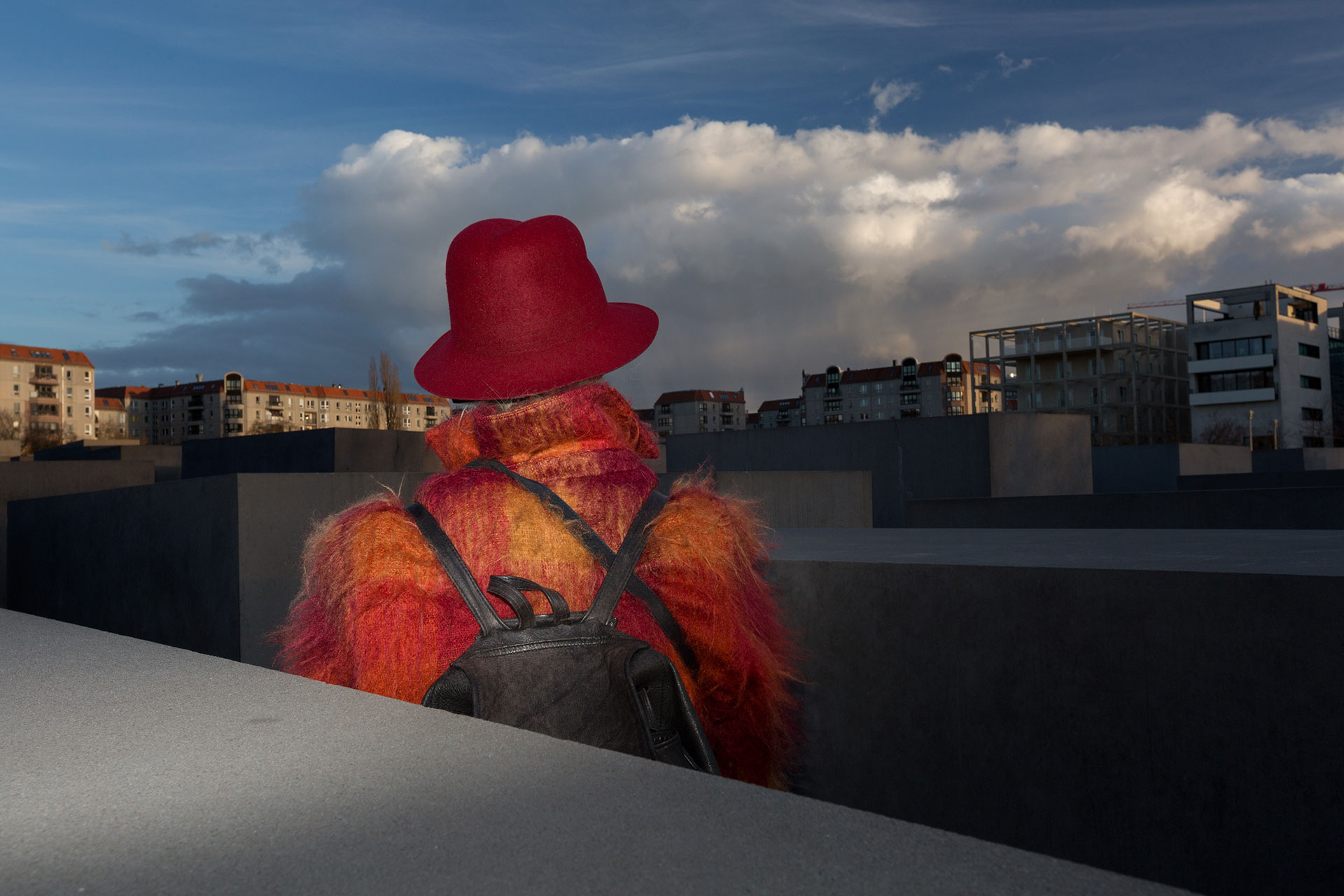Berlin is a city unlike any other, re-inventing itself again and again. Brutally divided by a wall at the end of World War II, it was reunited on November 9, 1989. 25 years after the wall’s demise, the city is still in the throes of metamorphosis, forging a new identity as German’s booming capital while openly carrying the scars of its extraordinary history.
Only a few remnants of the wall exist, but this is not a city that has forgotten its past. Its Holocaust Memorial, commemorating the fate of Berlin’s once thriving Jewish community, ranks among the most impressive monuments in Europe. Gone are the growing pains and problems that came with re-unification. The 21st century Berlin is in the midst of a sweeping reconstruction. The return of the German Government to Berlin has produced a slew of architectural treasures, most prominently Sir Norman Foster’s copula to the German Reichstag, the old and new German Parliament. Checkpoint Charlie, the crossing point between East and West, is a prime tourist attraction.
Today Berlin is on open-minded city that lets the international community in. As “opportunity replaced authority as the central element in Berlin’s DNA” (Adam Nicolson), it attracts young people from all over the world who live their lives uninhibited in this most open and absorbent European metropolis.

